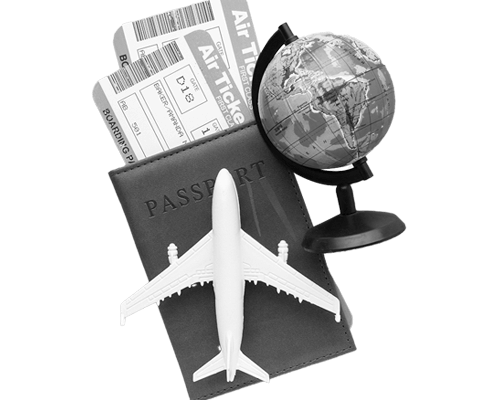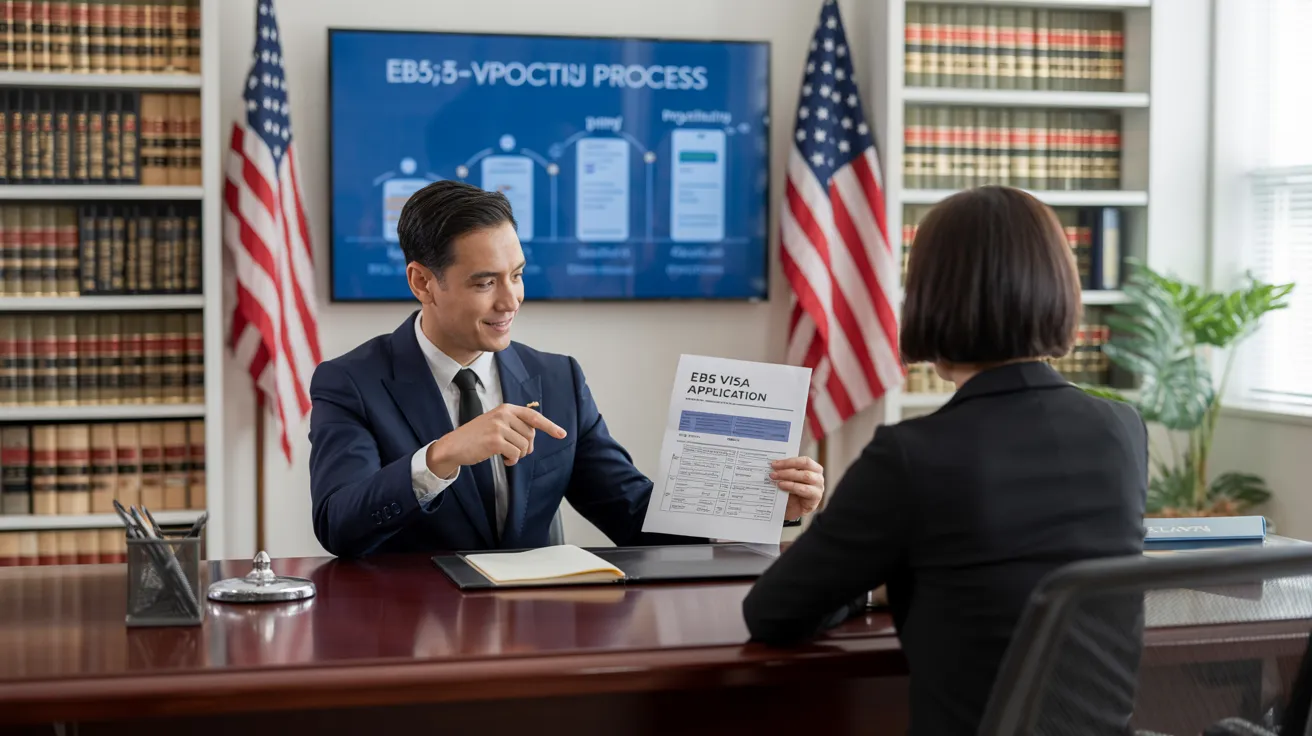The Greatest Guide To L1 Visa
Table of ContentsThe 15-Second Trick For L1 VisaThe Buzz on L1 VisaAbout L1 VisaL1 Visa for BeginnersL1 Visa - The FactsLittle Known Questions About L1 Visa.
Offered from ProQuest Dissertations & Theses International; Social Science Costs Collection. DHS Workplace of the Inspector General. Gotten 2023-03-26.
U.S. Department of State. Fetched 2023-02-08. Tamen, Joan Fleischer (August 10, 2013).
The smart Trick of L1 Visa That Nobody is Discussing
In order to be qualified for the L-1 visa, the international business abroad where the Recipient was used and the United state company must have a qualifying connection at the time of the transfer. The various types of certifying partnerships are: 1.
Business A has 100% of the shares of Firm B.Company A is the Parent and Business B is a subsidiary. There is a certifying relationship in between the two business and Business B must be able to sponsor the Beneficiary.
Instance 2: Business A is included in the U - L1 Visa.S. and intends to petition the Recipient. Business B is incorporated in Indonesia and employs the Recipient. Business A has 40% of Company B. The remaining 60% is owned and regulated by Company C, which has no relationship to Firm A.Since Business A and B do not have a parent-subsidiary connection, Firm A can not sponsor the Beneficiary for L-1.
Instance 3: Company A is included in the U.S. and wishes to request the Recipient. Business B is incorporated in Indonesia and utilizes the Recipient. Company An owns 40% of Firm B. The staying 60% is owned by Firm C, which has no relation to Business A. Nevertheless, Company A, by official agreement, controls and full manages Business B.Since Business An owns less than 50% of Business B yet takes care of and regulates the firm, there is a certifying parent-subsidiary partnership and Business A can fund the Beneficiary for L-1.
The Of L1 Visa
Business B is integrated in the U.S.
How L1 Visa can Save You Time, Stress, and Money.

The L-1 visa is an employment-based visa category developed by Congress in 1970, permitting international firms to transfer their supervisors, execs, or essential employees to their united state procedures. It is frequently referred to as the intracompany transferee visa. There are two major types of L-1 visas: L-1A and L-1B. These types are appropriate for staff members find out more hired in different placements within a firm.

Furthermore, the beneficiary must have worked in a supervisory, exec, or specialized staff member placement for one year within the three years preceding the L-1A application in the foreign company. For new office applications, international work must have been in a managerial or executive ability if the recipient is coming to the United States to work as a manager or exec.
Some Known Details About L1 Visa

If approved for a united state firm functional for greater than one year, the first L-1B visa is for as much as 3 years and can be expanded for an additional 2 years (L1 Visa). On the other hand, if the united state company contact us is freshly established or has been functional for much less than one year, the initial L-1B visa is issued for one year, with expansions readily available in two-year increments
The L-1 visa is an employment-based visa group developed by Congress in 1970, allowing international companies to transfer their supervisors, execs, or essential employees to their united state procedures. It is commonly described as the intracompany transferee visa. There are 2 primary kinds of L-1 visas: L-1A and L-1B. These kinds are appropriate for workers employed in various positions within a company.
L1 Visa Fundamentals Explained
Furthermore, the recipient should have worked in a supervisory, exec, or specialized staff member setting for one year within the three years preceding the L-1A application in the foreign business. For brand-new workplace applications, foreign employment should have been in a managerial or executive capability if the recipient is concerning the USA to function as a supervisor or exec.
for approximately seven years to oversee the operations of the united state associate as an exec or supervisor. If released for a united state business that has been functional for more than one year, the L-1A visa is originally given for as much as 3 years and can be expanded in two-year increments.
If provided for an U.S. business operational for greater than one year, the initial L-1B visa is for approximately three years and can be extended for an added two years. Alternatively, if the U.S. business is freshly developed or has actually been functional for much less than one year, the initial L-1B visa is issued for one year, with extensions available in two-year increments.